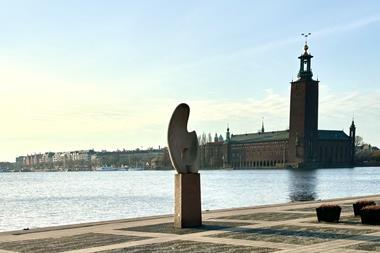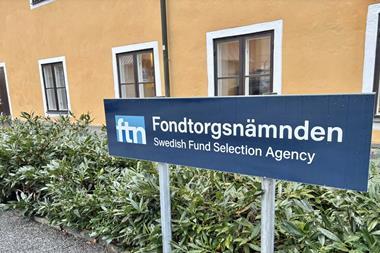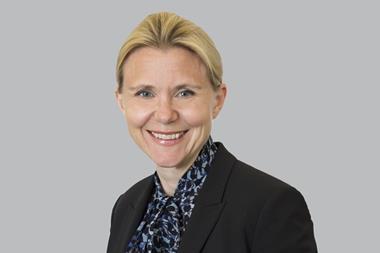Swedish consultancy Arkwright has cast doubt on the lifecycle model AP7 uses to taper investment risk in its premium pension default product Såfa, and called for the national pension fund’s board to rethink it.
In this year’s officially-commissioned report into the AP Funds, the lifecycle model – under which an increasing allocation to fixed income assets is introduced into individuals’ pension pots from age 56 – was one of Arkwright’s particular focuses.
The firm said in the report: “Arkwright recommends that the Seventh AP Fund’s board evaluates the effects of the current lifecycle model in terms of eventual pension and the role of the premium pension in the individual’s total pension, and in the long term consider adapting and designing a more relevant allocation model for the default option based on this.”
This advice followed a section in the report where the consultancy argued, among other things, that the phasing out of equity risk between the ages of 56 and 75 reduced people’s eventual pensions unnecessarily, given that the premium pension was a secondary part of the overall state pension – existing alongside the stable and predictable, and much larger, income pension.
In a footnote, the consultancy said the Swedish Pension Authority had shown in its 2021 Orange Report that the phasing out of risk came at a high cost in terms of lower pensions.
Arkwright said the goal of the premium pension system was that pension payouts – rather than pension capital – should be predictable and stable, but said AP7’s Såfa product instead seemed to focus on risk relating to pension capital.
The firm concluded that although the lifecycle model applied by AP7 reduced the risk in the pension asset, it was unclear what the effect was on the risk of the actual pension payouts. They argued it was known that the shift in asset allocation towards bonds in later working life could be reducing pension payment levels.
“A static and regular phase-out involves a significant opportunity cost in terms of missed pension for the individual, as it reduces the potential return on the pension capital and thus gives a lower expected pension, through the automatic transfer of the capital from shares to interest-bearing instruments when the individual approaches retirement age,” the consultancy said.
Arkwright said a consequence of the premium pension system was that there would be greater pension differences for individuals – because the system allowed people to make different choices.
But it argued that even though the AP7 product was the default option in the system, its lifecycle model nevertheless resulted in different pension outcomes too, partly because the order in which investment returns occurred – also known as sequence of return risk – determined the eventual pension payout.
To design a better solution, Arkwright said the lifecycle model needed to be analysed and revised with a focus on actual pensions payments in combination with product design - for example, how pension payments are made, mortality gains attributed and their effect on asset allocation.
“The current automatic phase-out of risk reinforces this difference and increases the spread in paid pensions between different individuals,” the firm said.
This is Arkwright’s first annual evaluation of the AP funds since winning the contract in a tender a year ago, beating five other bidders including McKinsey, which had been producing the independent reports for the Swedish government for many years.
Read the digital edition of IPE’s latest magazine








































No comments yet